When talking about luxury cashmere, the name Loro Piana will likely come to mind for those in the know, as it’s a well-established Italian fabric brand. As is often the case, along with that clout comes hefty price tags, so let’s examine their cashmere lineup to see if it’s worth it!
Loro Piana today goes way past cashmere. They have vicuña from the Andes or lotus flowers. They have a large range of fabrics with wool from New Zealand, and they manufacture their own goods. But, chances are, if someone mentions “high-end cashmere,” they will have heard of Loro Piana. Today, we look at Loro Piana branded products that contain cashmere, Loro Piana fabrics such as the Storm System, and goods made of Loro Piana cashmere made by someone other than the brand itself.
I owned various Loro Piana cashmere products throughout the years, so I have a good grasp on the range of their products. But, also what they offer new today.
When you look at Loro Piana prices, you might get sticker shock. Cashmere gloves cost upwards of $600. The cashmere scarf is $600. Cashmere jackets and overcoats start at $6,000 but can go way up. Frankly, they even have a cashmere cardigan for a mere $13,000.
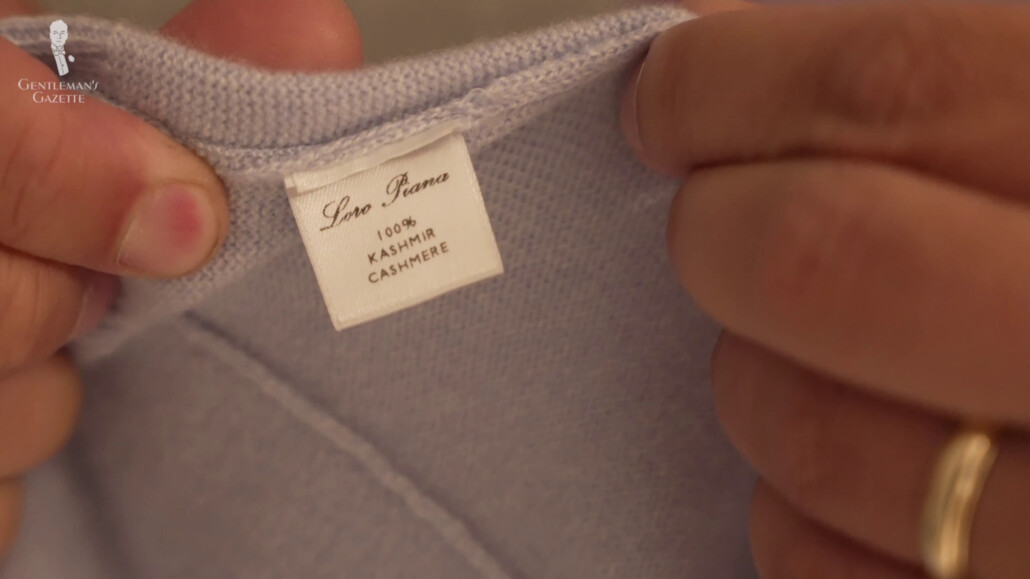
Let’s say you buy a bespoke suit or a made-to-measure one, you can choose the Loro Piana cashmere fabrics, but there you’ll likely spend $600 or $800 per meter of Loro Piana cashmere. Yes, not all Loro Piana fabrics cost that much, and they have a range of blended fabrics where it’s blended with wool, and that doesn’t mean it’s a bad fabric, or it’s a coarse fabric, but it’s not 100% cashmere.
If you’re curious about what cashmere really is, how it’s harvested, and why it is expensive in general, check out our cashmere guide dedicated to these questions.
Cashmere Explained
History of Loro Piana
With the basics squared away, let’s briefly look at the history of the brand Loro Piana. Loro Piana was a family, and they began as wool merchants in the Piedmont region of Italy around 1814. At that time, they simply imported completed fabrics. They didn’t weave anything themselves.
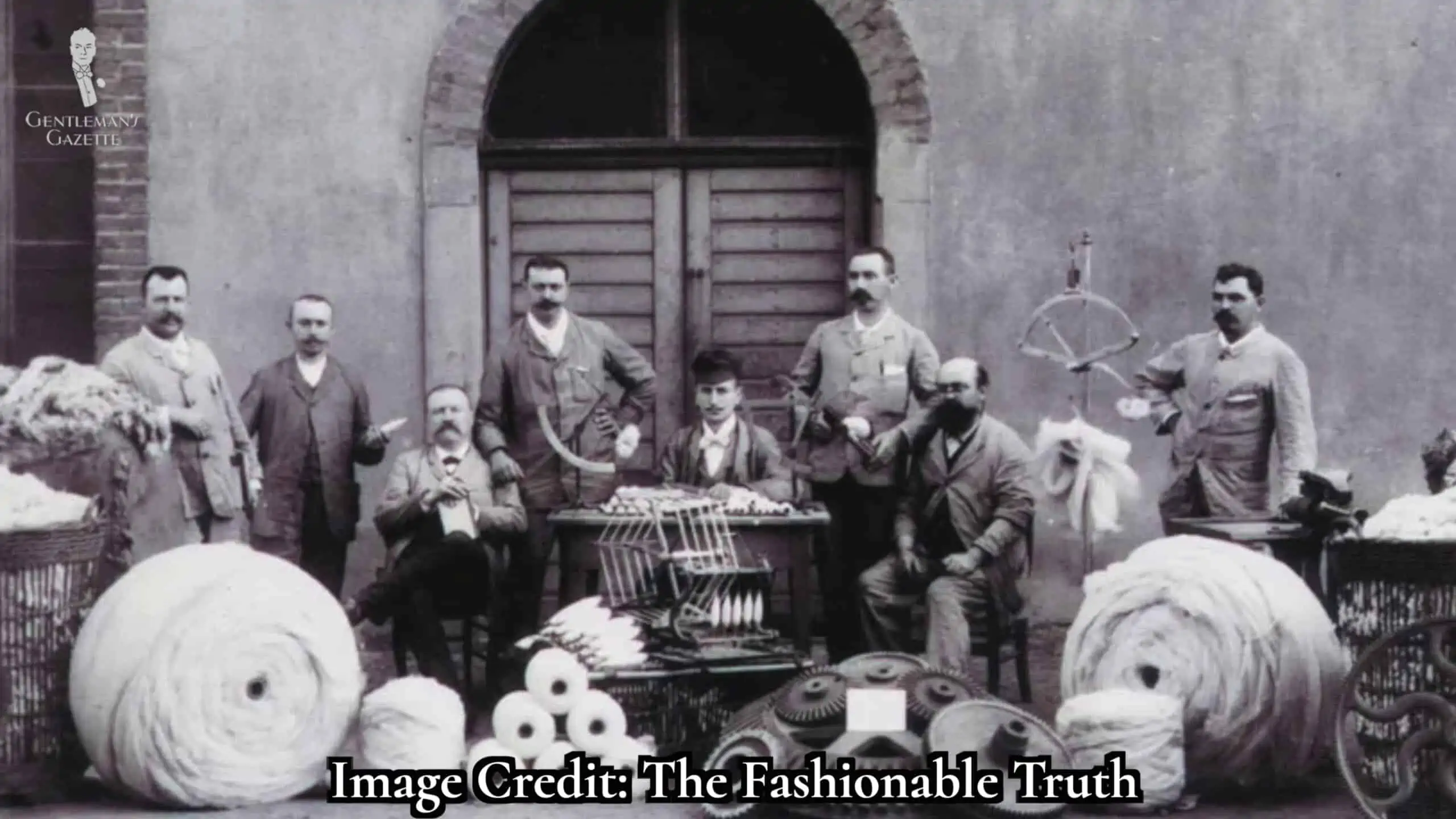
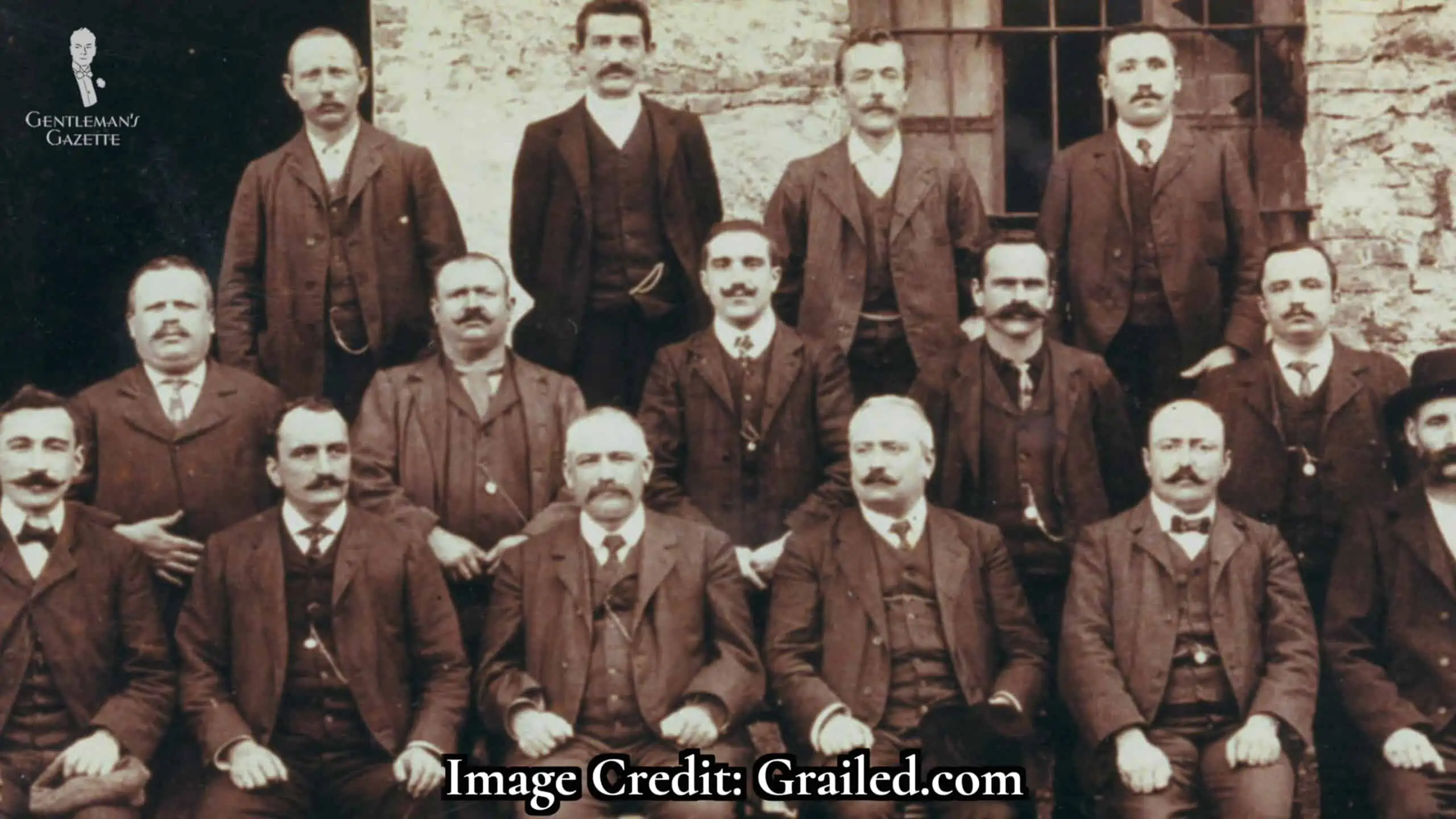
Then, in the second half of the 19th century, they opened their own wool-spinning mill in Italy. The current company was founded by Pietro Loro Piana in 1924 in the town of Quarona in Italy. Pietro had an engineering background and used it to develop a highly-modern production facility for the times. He also used the family’s connection in the import-export business to acquire high-quality raw materials.
On the eve of World War II, company leadership was passed on to Pietro’s nephew, Franco Loro Piana. Franco cemented Loro Piana’s reputation as a world-class distributor of fine fabric. At the time, they were already sourcing the then-exotic material of cashmere from Mongolia, and, in line with that, they attracted buyers from not only Europe but also from North America and Asia. Loro Piana was also able to take advantage of the renewed Italian fashion interests of the 1950s and 60s.
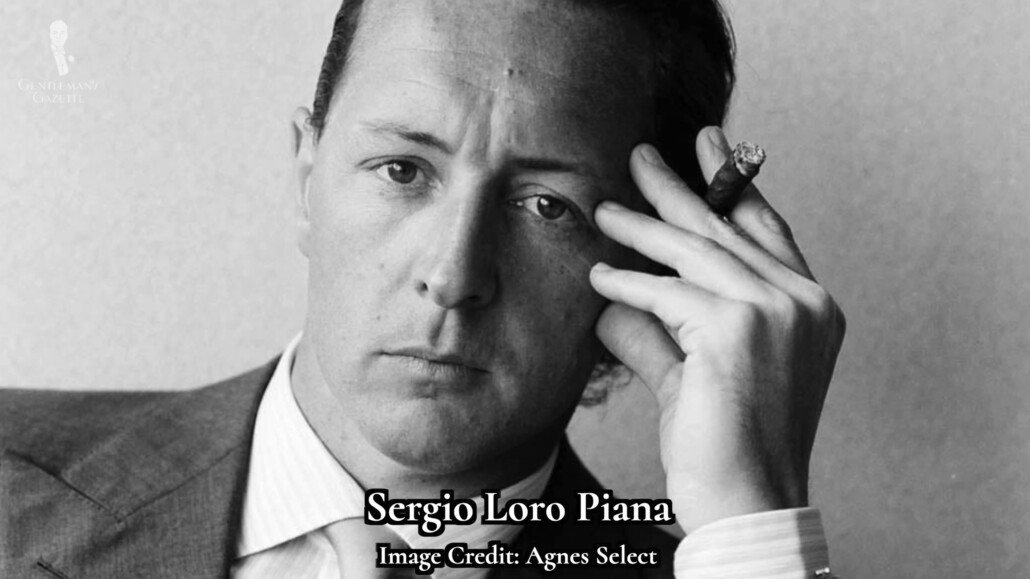
In 1975, Franco’s oldest son, Sergio, became CEO of Loro Piana. Interestingly, he led the company together with his brother, Pierre Luigi, and they changed chairmanship every three years. While they remained a producer of fabric, they also invested in a production facility for their own branded products.
So, by the 1980s, Loro Piana could make a garment vertically integrated in-house. The men’s and women’s lines always had a focus on high-end, exotic, luxurious materials initially. It had lots of accessories such as scarves and stoles.
Pierre Luigi’s personal mantra was that: “quality is what will keep this company going forever.” At the same time, Loro Piana developed away from being simply a supplier of fine fabrics to a high-fashion brand.

“Quality is what will keep this company going forever“
pierre luigi loro piana
Image Credit: Boat International
In 1994, they again expanded and offered a full range of ready-to-wear products. They included jackets, overcoats, sweaters, and so forth. By 2006, they also added a home goods division.
In 2013, Sergio Loro Piana died, and the luxury conglomerate, Louis Vuitton Moët Hennessy, acquired a majority share in Loro Piana At the time, Antoine Arnault immediately took the helm to integrate Loro Piana into the LVMH system.
By 2016, Fabio d’Angelantonio oversaw massive growth in the Asian markets – in particular, China. It seemed very obvious that he put a focus on Loro Piana as a lifestyle brand, not just a quaff brand. Essentially, it meant that Loro Piana were beyond the status of clothes. They were the expression of a decadent and luxurious way of living. And under d’Angelantonio’s reign, the company surpassed the €1 billion annual sales goal. Half of that revenue came from Europe, with a third from Asia, and the rest from other parts of the world.
The remarkable thing is that they achieved it with about 2,000 employees. If you do the math, that’s about 500,000 of revenue per employee. Pretty decent for that size company.
In 2021, the LVMH insider Damien Bertrand took over the helm of the Loro Piana company and moved the headquarters of Loro Piana to Milan.
Loro Piana Today
Today, Loro Piana remains to have two divisions. The one is fabric manufacturing, where they turn raw materials into fabric that isn’t either used by their own brand or sold outside. The other division is their garment and accessory manufacturing arm, where they use Loro Piana fabrics exclusively to create their own branded goods.
Loro Piana is also vertically integrated. But what does that mean exactly? For cashmere, it means Loro Piana has harvesting and processing facilities in Mongolia. From there, they funnel all the raw material to their nine Italian mills. There, the cashmere is woven and finished and then either sold off or manufactured into goods in their own factories. The finished goods are then sold through their network of 150 stores worldwide.
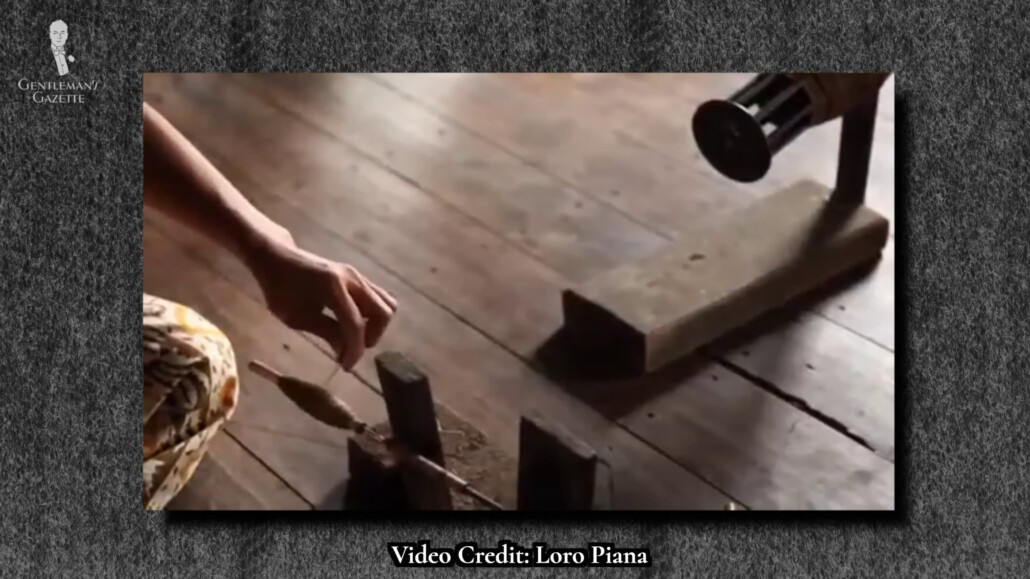
Today, they span North America, the Middle East, Asia, and Europe, of course. In addition to that, Loro Piana maintains a large research and development division, making sure they stay at the forefront of fabric innovation and technology. They also pursue philanthropic endeavors such as a wildlife preserve.
Being vertically integrated in a clothing space is fantastic because not only can you control the quality, set your own standards, and make sure that everything is followed, but you also have the power to adjust the price and control artificial scarcity.
The Loro Piana Ethos
If you look at Loro Piana’s advertising, you can see it’s very simplistic, containing high-end photography in rare globe-trotting adventure locations with idealized clients that are supposed to invoke this lifestyle of a high-end jetsetter. Sometimes, they also feature the animals the fibers are derived from in the advertisements to portray themselves as an artisanal grade manufacturer that has a connection and that vertical integration between the animal and the final product.
You can see in everything that they do that exclusivity is an important aspect of their brand. As former CEO Fabio d’Angelantonio said in 2020, “If people buy Loro Piana, they like to feel a little bit like they’re part of a club of connoisseurs.”
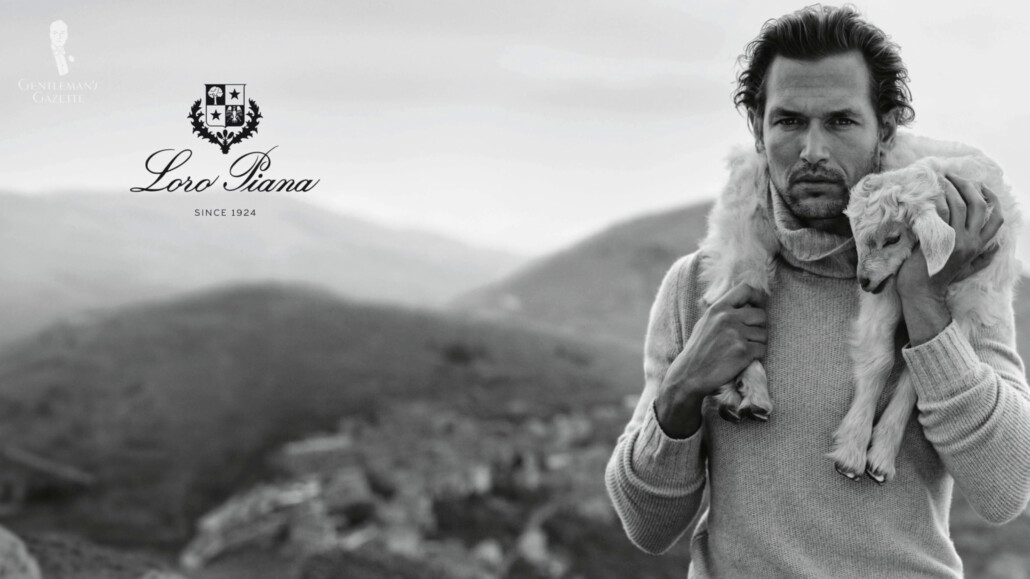
So, it makes sense that Loro Piana sponsors expensive yachting races or offers excursions and art exhibitions that are in line with their customers and how they spend their money.
Loro Piana has definitely managed to establish itself as a status symbol because, even by high-end terms, they are expensive. Essentially, the high prices of Loro Piana are a feature of the brand ethos, another drawback for a customer.
Loro Piana Cashmere
When I was in Italy last, I talked to the CEO of a fabric weaver, and when I asked them about what companies he really respected, he said Loro Piana without a doubt. He said, “I’ve been to the Gobi Desert, and I’ve seen their production; the vertical integration is beautiful.”
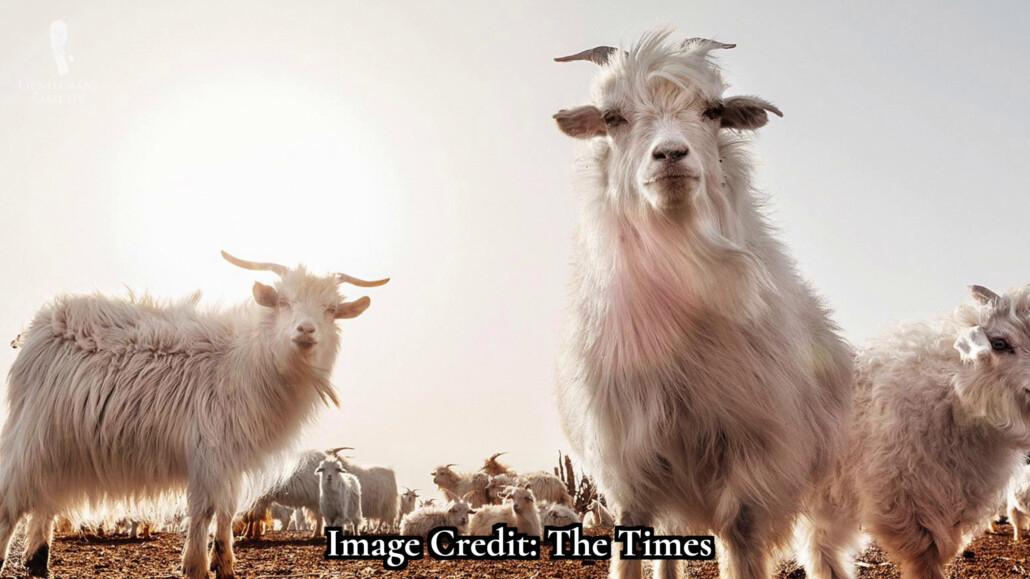
He said that each cashmere goat is numbered and tracked. And the number of codes is limited because if you have more goats eating the already rare grasses, the Gobi Desert would even further expand and endanger the entire cashmere production. That puts Loro Piana in a very strong position because they’re, without a doubt, the world leader in cashmere.
Loro Piana is the single largest cashmere buyer in the world and also is credited with popularizing the fabric with the masses. If you check out their website, you can see that they mentioned that they have local relationships with herders to ensure the highest quality or the finest cashmere. But, if you look for more detail, it’s hard to find specific herding standards.
They also have, however, baby cashmere with a thickness of about 13.5 microns, which is thinner than the 15 microns of regular cashmere goats, making the baby cashmere even softer to the touch.
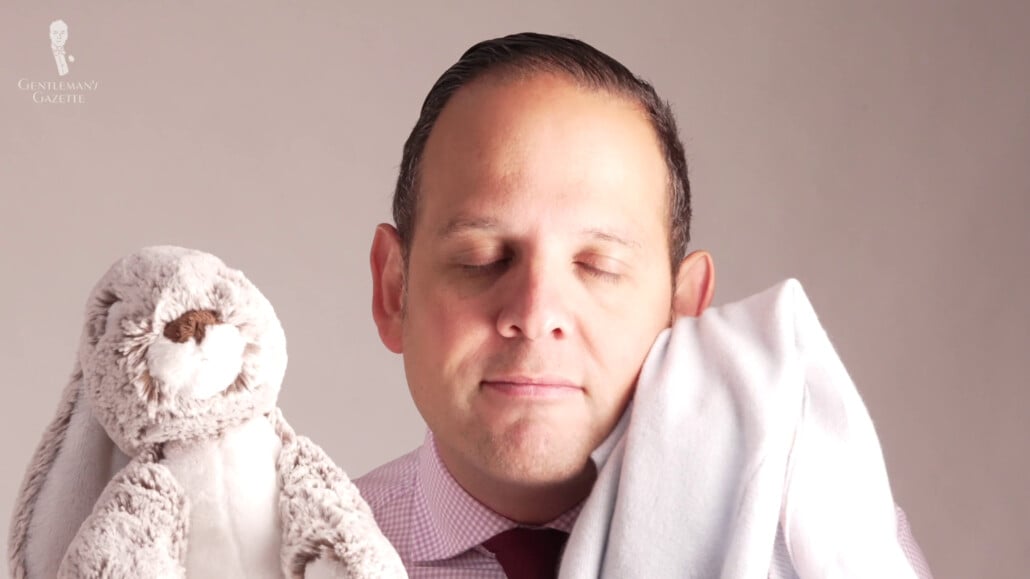
That being said, if I compare my five-year-old daughter’s stuffed animal, which is made out of polyester, in terms of softness to cashmere, I have to say these modern fleece-like products come very close to the softness of cashmere. Sometimes, they’re maybe even softer, but the real feel of cashmere is always superior in my mind.
They also claim that only 38% of all fibers under Loro Piana standards qualify as baby cashmere, but they don’t talk much about what the standards actually are.
Most people assume that the characteristics and feel, the longevity of the fabric mostly depend on the raw material and the way the yarn is spun, and the way it’s woven. And while that is true, another big aspect of how a fabric feels and performs is the finishing process.
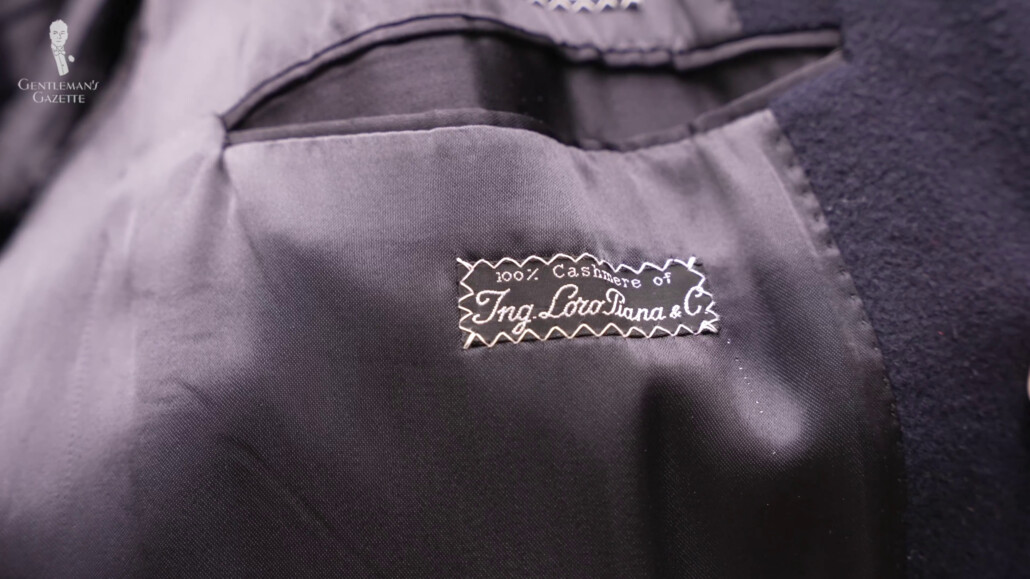
With our research and development division, Loro Piana has definitely invested in further improving their cashmere products continuously. For example, I have an older overcoat. It is made of 100% Loro Piana cashmere fabric. But, if you touch it, it is nowhere near as soft as their most recent cashmere fabric products. I would even go as far as to say that a blended Loro Piana cashmere and wool fabric with like 90% wool and 10% cashmere can be softer today than some old 100% cashmere fabrics.
In the finishing department, they also came up with the Loro Piana Rain and Storm System, where they basically make the fabric more abrasion-resistant but also more resistant to the elements such as rain and wind. It’s like a functional jacket without the typical polyester fabrics that you find in the outdoor world.
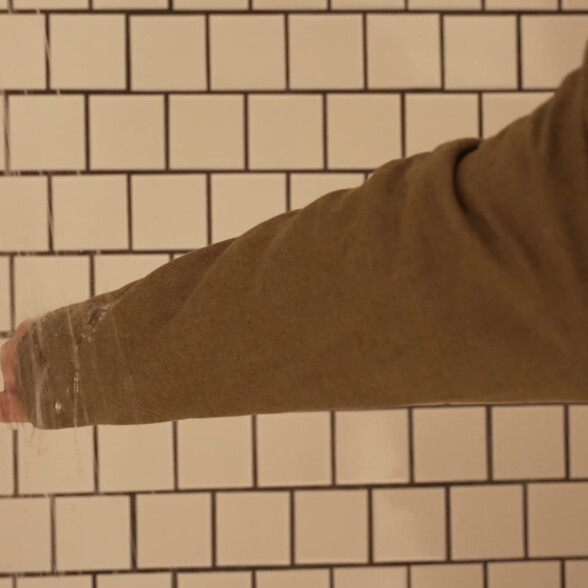
Loro Piana Rain and Storm System
They make the fabric more abrasion-resistant and more resistant to the elements such as rain and wind.
I wish Loro Piana would do more to inform their customers and consumers about all the things that go into the cashmere and why it is superior. I understand it’s not part of their marketing, and that’s okay; it’s up to them. It’s their company. They can do whatever they want. But, personally, I have more respect for companies that show me more about what goes into their product and why they are superior.
Loro Piana Styling
In terms of the style of Loro Piana branded products, I think they usually have more of a neutral palette, lots of solids, and more contemporary, fashion-forward, not really classically-inspired style.
Their outerwear is a bit more bright with a bit more color, which I appreciate. I think the cut of their stuff isn’t particularly exciting or high-end.
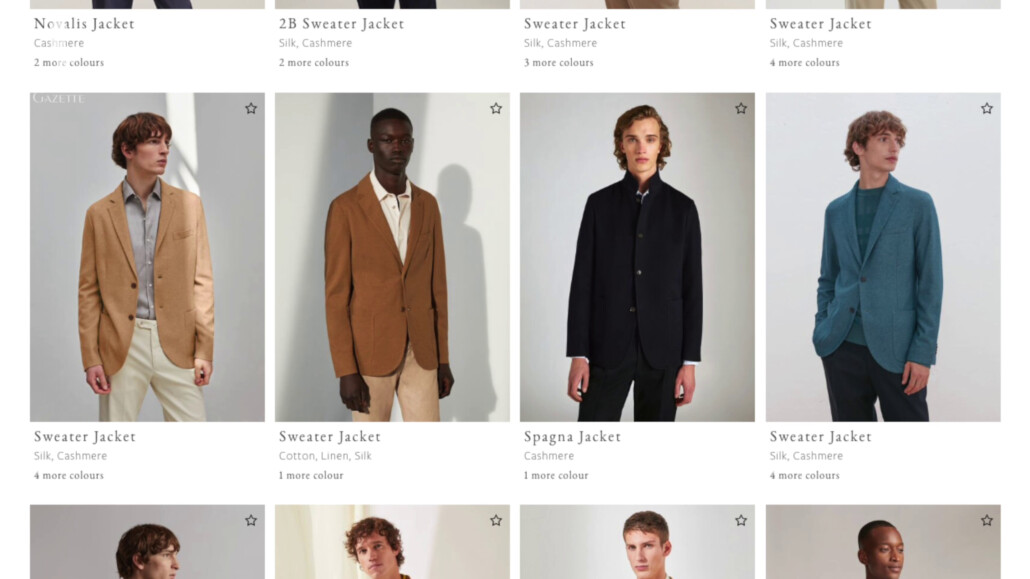
Their jackets look like regular, good-quality, ready-to-wear jackets, but there are definitely much better manufacturers out there that employ a lot more handwork, a better range of movement, and a nicer silhouette.
If you’re into solid scarves, Loro Piana has a large range. In terms of pattern, they’re definitely more limited.
When it comes to their glove range, for example, they have interesting colors such as red but all sorts of browns and blacks, and grays. They have leather such as kidskin or suede, goatskin or deerskin.
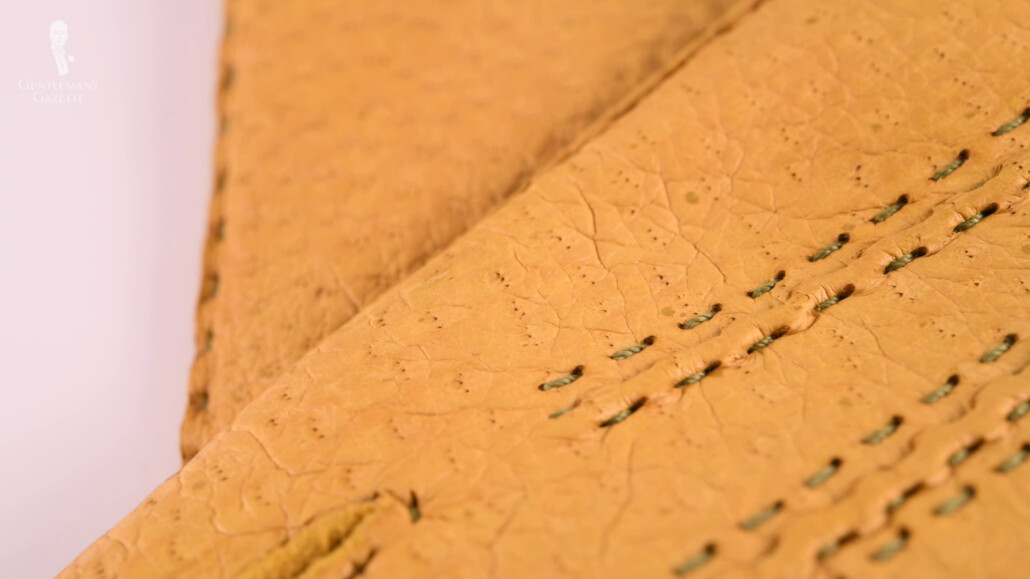
Interestingly, their deerskin glove retails at $925, and while deerskin is a good glove leather, the absolute best and softest glove leather is peccary. It is much more expensive and more luxurious and much longer to wear than deerskin, and I would have expected maybe Loro Piana to serve that kind of leather.
Also, I think the glove cuts are more casual and run-of-the-mill. If you like a bit of 1930s spring and something more unusual, check out the button closures that we have in our Ford Belvedere line of gloves.
Cashmere Products and Price
If you browse their website, you can see 100% cashmere products or blended products with silk, cotton, or wool. For example, they have a $1,300 t-shirt, $1,750 turtleneck, or a $2,300 sweatshirt. While other cashmere scarves are around $600, you can also find $1,200 cashmere scarves and, of course, gloves go from knitted cashmere gloves for $340 to $925 for the deerskin one with cashmere lining. Overall, I would say the website provides more information than at, let’s say, Louis Vuitton, which is nice to see.
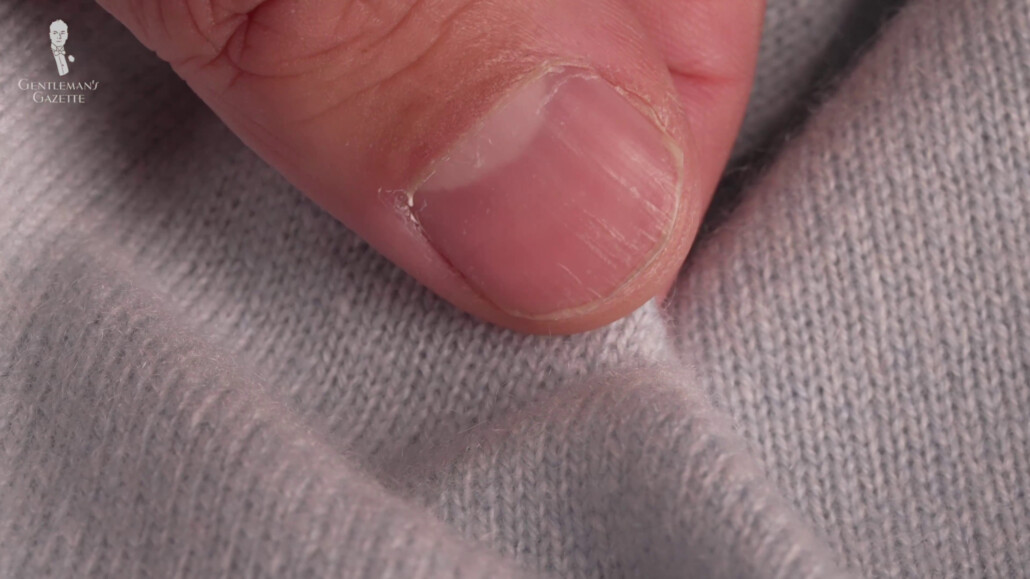
At that price point, though, that’s the minimum I would expect. In terms of workmanship and construction, I think their knitted goods are very well-made. Looking at the way the buttons are sewn on, for example, they don’t feature a shank, or if you take a closer look at the buttonholes, they’re not particularly neat or compared to that of a handmade buttonhole. Their fly is backed and doubled-up, so the buttonholes won’t wear out, which is nice, but it’s also a feature you see in many other cashmere sweaters.
For their sweaters, they knit the individual parts first and then assemble them later, which allows for a very smooth transition without thick scenes. Often, their stuff is made from heavy multiple-ply yarns, which yields those thick ribs of cashmere that are typically hard to find elsewhere. They weave about 5 million meters per year at 150-centimeters wide. That’s about 58 inches.
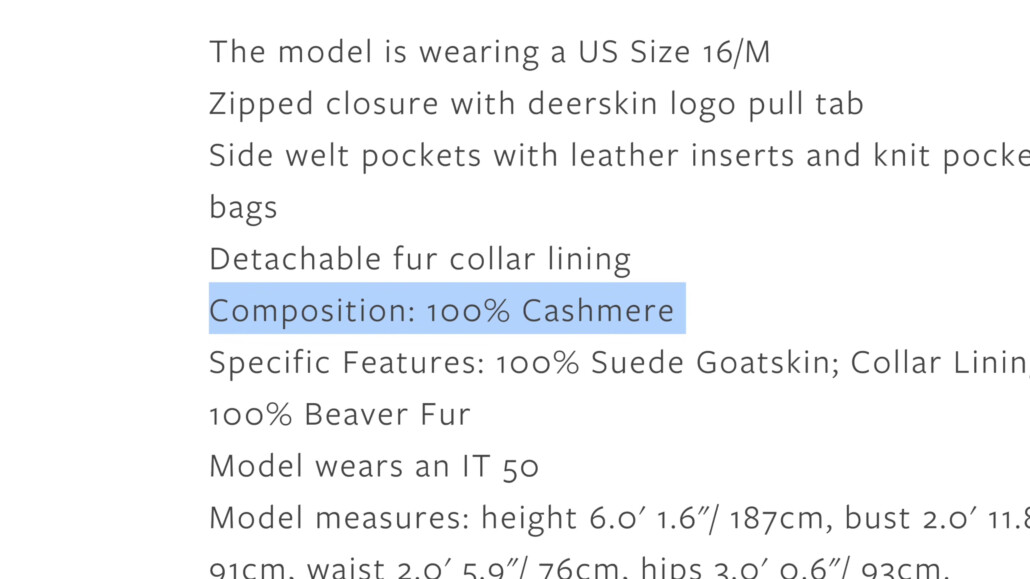
Looking through their sweater range, they definitely have a bunch with zippers, which we’re not big fans of. But, hey, each to their own. They definitely have cashmere shirts in 100% cashmere or blended available.
Personally, I don’t like to wear cashmere directly to my skin. I feel like I sweat too much, but hey, it’s super soft and luxurious. So, if you like that feeling, go for it.
For the cashmere scarves, they have something called “frisson” finish, which adds a sheen and luminosity. They don’t really talk about how they do it, but it’s certainly something that they offer.
When you buy Loro Piana cashmere, you get something that is made of long, stable cashmere, so it is less prone to pilling. Will cashmere pill eventually? Yes, it will. There’s no way to prevent that, especially in areas of high friction.
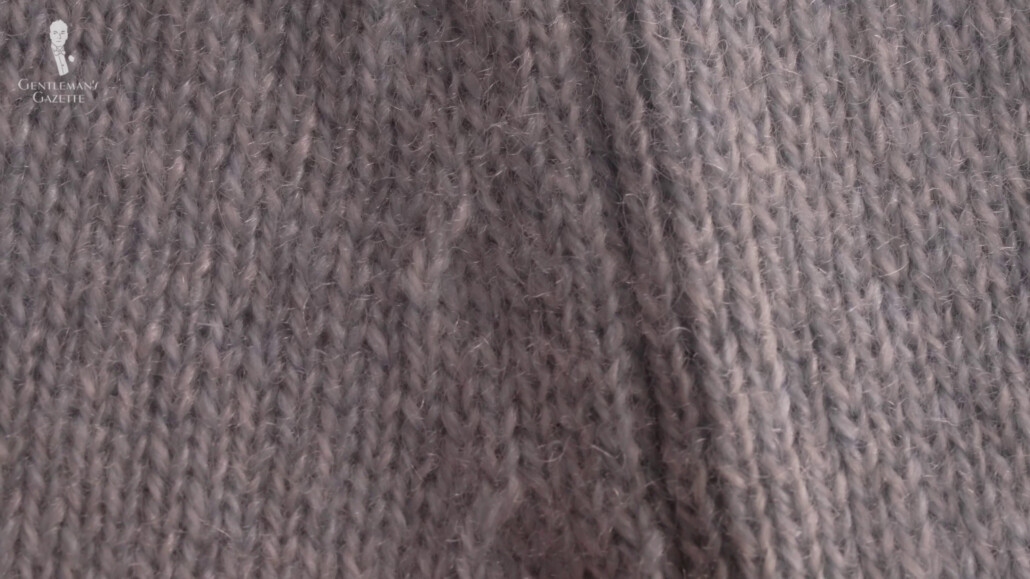
So, the light blue knit dress that I have from Loro Piana, which is more recent, has a really nice and thin cashmere. But, it’s very soft and full to the touch.
As I mentioned before, my 100% Loro Piana overcoat, which you can see from the label, doesn’t even have the typical Loro Piana label with a logo, but just the Loro Piana words, is noticeably not as soft. And if I wouldn’t have looked at the label, I wouldn’t have even thought it was 100% cashmere. I would have maybe guessed it was a cashmere blend or just a very soft wool.
How have they held up? I can definitely say that Loro Piana cashmere is 100% cashmere pills less, and it is of very high quality. The Storm System fabric I have is a 90% wool, 10% cashmere blend that is treated with polyurethane, which definitely makes it more abrasion-resistant. If I hold it underneath the faucet, it is water-repellent. I’m sure there is a durable water-repellent on top of it, but it’s not like it’s 100% waterproof.
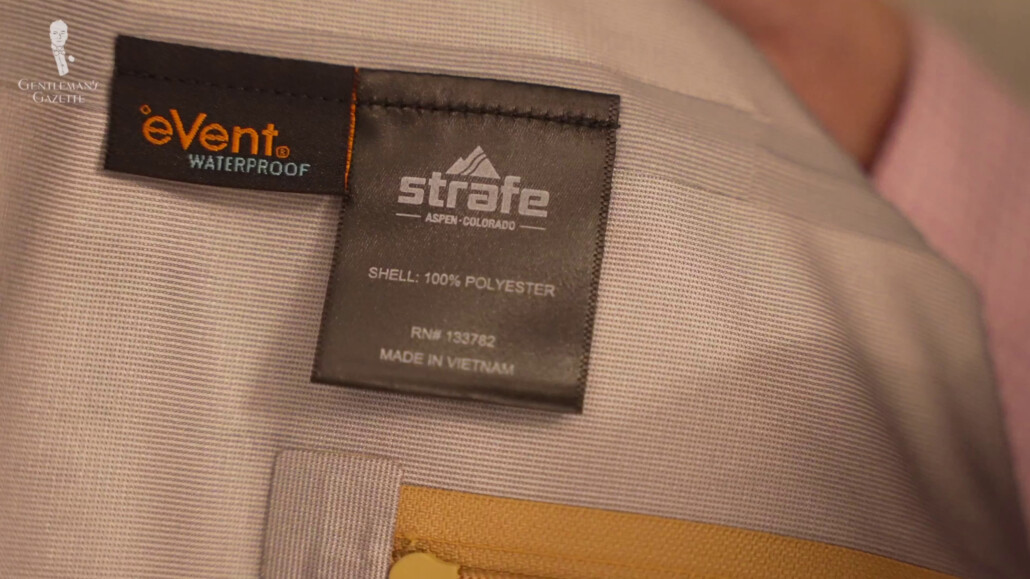
Then again, nothing really ever is. Though my snowboard jacket with an eVent membrane is definitely better and more breathable, it’s also made of 100% polyester and different membranes. It doesn’t have a nice touch and feels like this natural wool and cashmere blend.
The Loro Piana ready-to-wear jackets I’ve seen are all made from nice fabrics, but the construction itself is nothing out of the ordinary. In fact, I would prefer jackets from Kiton, Attolini, or Isaia any day over the Loro Piana brand.
Ranking Men’s RTW Suits (54 BEST and WORST Menswear Brands!)
Is Loro Piana Cashmere Worth It?
I think I’d like to distinguish between the Loro Piana fabric that you can buy and then make up with your bespoke tailor or your made-to-measure company or that you buy from a different company and Loro Piana branded products.
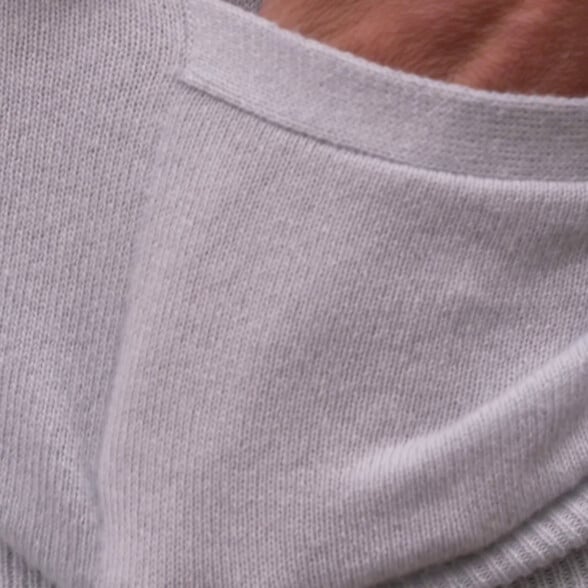
Loro Piana Cashmere
Loro Piana cashmere is undoubtedly of high quality. They understand how they finish things, but you pay a premium for that.
If you buy a Loro Piana cashmere, you can trust that you get the real deal. It’s not an inferior-bred cashmere or not cashmere at all or a blend, and you don’t have to worry about it pilling prematurely. I think that peace of mind is worth a lot.
I’ve also encountered other cashmere fabric manufacturers from England and from Scotland that I find are as soft. And if you apply the finishes that you desire, you still get something that can be very close or even the same, or maybe, some would argue, superior.
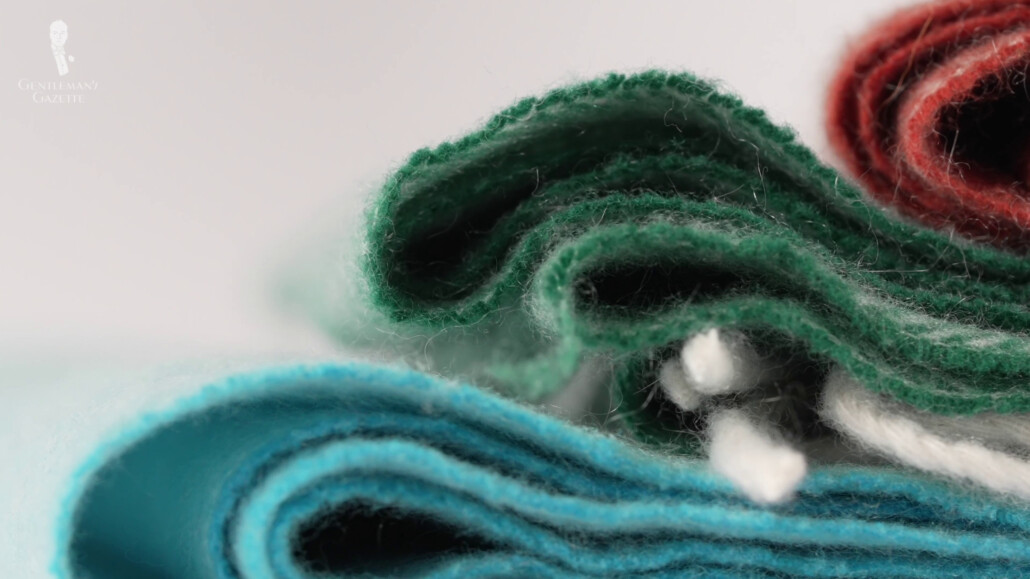
At that level, certain preferences are very subjective, and it’s hard to say this is objectively better than this. So, if you buy a Loro Piana casual fabric at retail price, I would say it is worth it if you want peace of mind. Also, if you say you want the very best baby cashmere and only that will do, and the price doesn’t matter, then I think it is also worth it.
Ultimately, when I would make up a jacket, I would always want to feel the fabric first because the weight can only tell you so much. The way it drapes, the way it’s woven, and if it’s tightly woven or loosely woven, all have an impact on how the garment feels and wears.
That being said, buying Loro Piana cashmere for your custom project will never be a bad decision because you always get quality, and quality is long remembered after price is long forgotten.
If you want to dig a little more and find less well-known cashmere producers, I’m sure you can find a very similar or even equal quality of cashmere at a much lower price. Personally, I’d probably go that route, but also I’m a clothing nerd. I’m into clothing design, and I can really go down that rabbit hole.
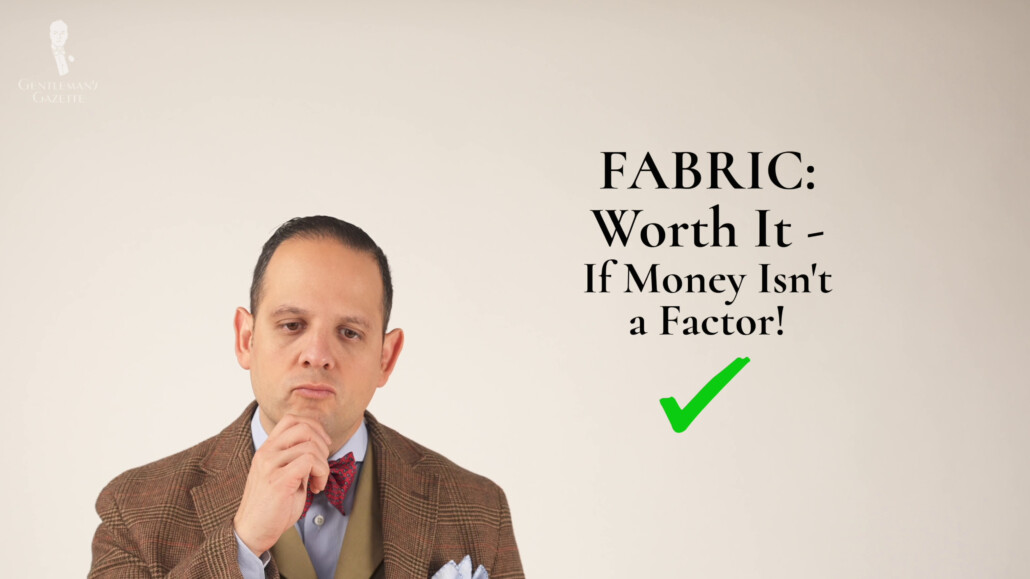
What about the secondhand market? If you find a garment that is made of 100% cashmere with a Loro Piana label for the fabric, you can rest assured it is of good quality. Unless, of course, it’s faked, but I am not aware of that many fakes of Loro Piana. It’s probably because it’s generally less well-known as Gucci or Louis Vuitton, which are faked all day long.
So, in a nutshell, Loro Piana fabric is worth it if you want the best and you don’t care about money. It’s usually also worth it if you find it secondhand. But, if you go the extra mile and you want 100% cashmere, you probably also want the fit to be 100%, so chances are that you have to go custom anyway.
In terms of Loro Piana branded products, there are sweaters, knit vests, scarves, jackets, overcoats, gloves, and so forth. I personally believe that they’re simply overpriced, and I would choose other cashmere products over Loro Piana. I also don’t like the styling. I think they’re more modern. They maybe are somewhat classically inspired, but it’s not a style I would go for. So, for Loro Piana branded products, I would personally say, in my book, they are not worth it even though the quality is at a very high level.

In my mind, it’s just that really odd ratio of exorbitant price to high quality, where I feel like it is not worth my money. Then again, maybe I’m just not rich enough to be their clientele.
So, if you feel Loro Piana cashmere is too cheap for you, check out their Vicuña line. For example, you can get a ready-to-wear overcoat for $33,000. If you want to spend that much money on an original garment, that’s great. We at the Gentleman’s Gazette would never do that.
Last but not least, I think the Loro Piana outerwear range is well-designed, and the fabric finish is really nice. My jacket here is from Façonnable, so they outsource these fabrics also to other brands. But, if you have a chance and you find a jacket that you really like, and you like the fit, rest assured that you buy a great quality piece.
Would I shell out $3,295 for a ready-to-wear Windmate jacket? Probably not. But, if you find maybe a Storm System jacket on sale somewhere, I would more than likely consider it.
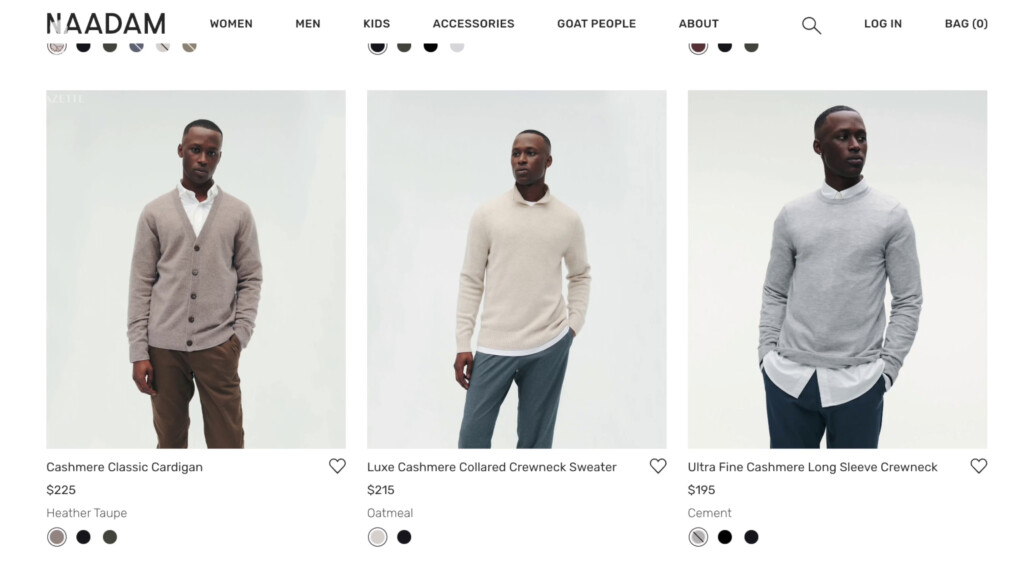
In terms of competition for Italian cashmere, there are other yarn producers such as Cariaggi, for example, or if you go to Scotland, there is Johnstons of Elgin, right, or William Lockie and many other houses that specialize in high-end cashmere. If Loro Piana prices are too high for you, check out our budget cashmere post. There are brands like Naadam that try to show you what can be done at the lower end of the price scale.
What do you think of Loro Piana cashmere and their Storm System collection? What are things that you particularly like? Let us know in the comments belowxx
Outfit Rundown
Today, I’m wearing a mint brown, quilted outerwear jacket from Façonnable made with the Loro Piana Storm System fabric in 90% wool and 10% cashmere. It has a very roomy cut, is slightly longer, and it’s meant to go over a jacket during the colder months of the year. It features a zipper as well as a front button fly, and underneath it, I’m wearing a light blue cardigan sweater vest from Loro Piana. This is a Loro Piana branded product. It’s extremely soft and nice. It has mother-of-pearl buttons without a shank.
My tie is 100% silk-grenadine from Fort Belvedere, which you can find in our shop, just like our red and stone or off-white striped socks, which pair well with the kind of beige Polo Ralph Lauren herringbone silk and cotton pants.
My ring is a 14-karat yellow gold and ammonite triplet ring that has shades of red, which is part of the tie, maybe a little pink like the shirt, but also these green tones that are part of the jacket.
Last but not least, my boots are made of chocolate brown woven leather from Carmina. If you want to see if that brand is worth it, check out our review.
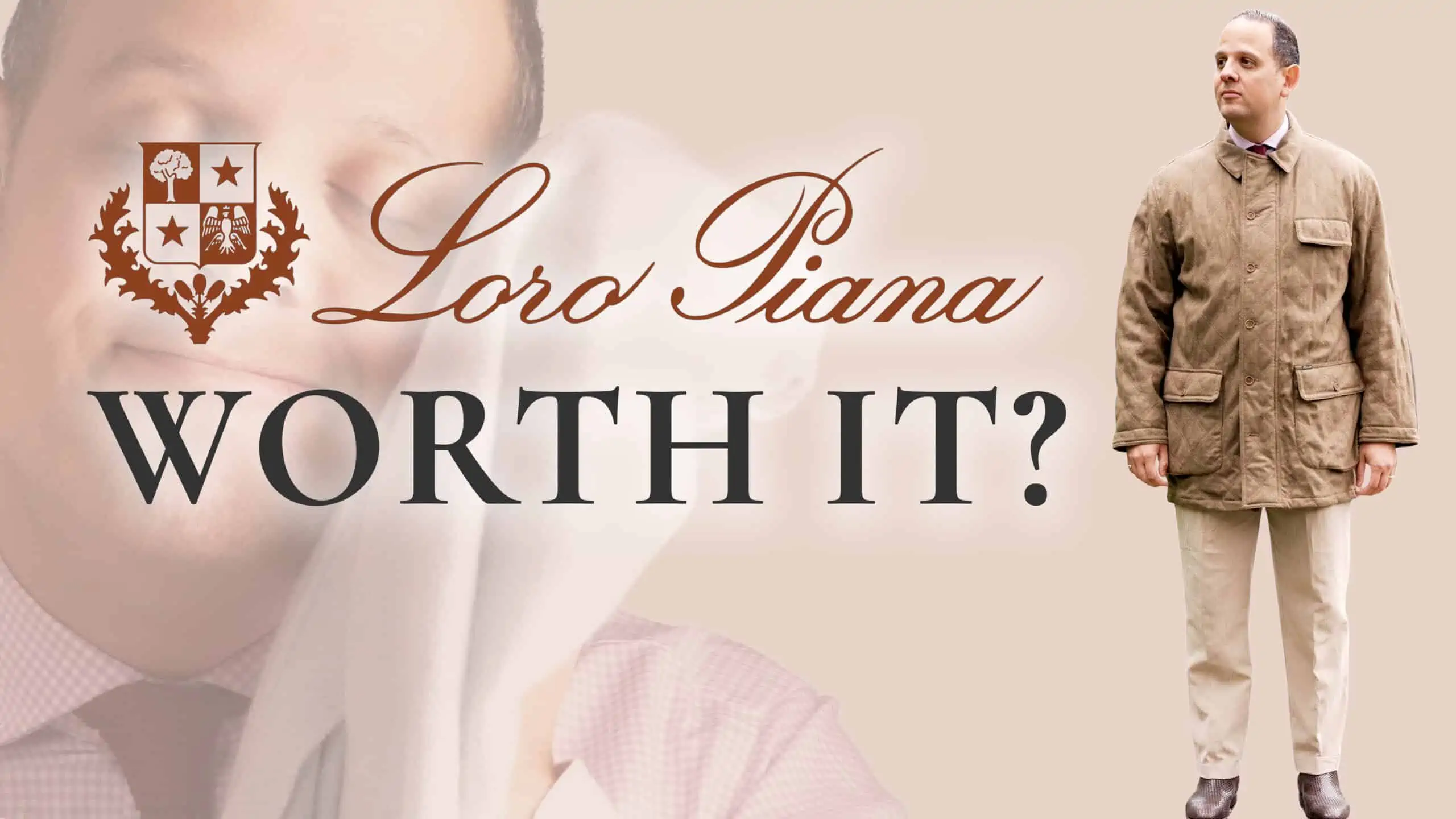
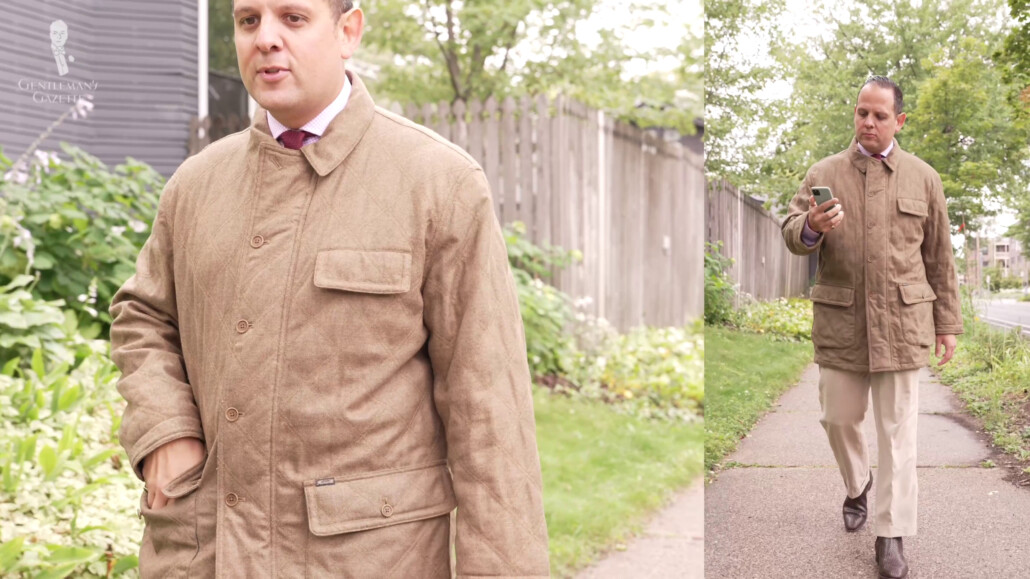
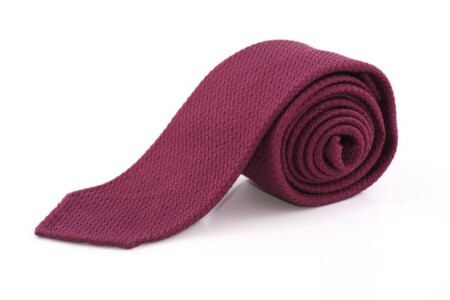
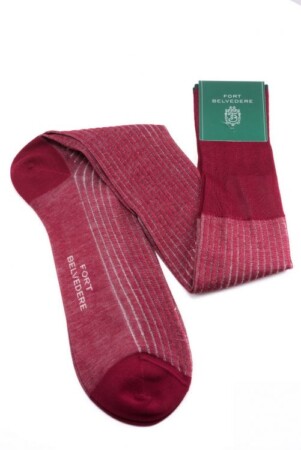
Nice article! You want hand finish details? Most of the ready to wear collection might be machine finished, but Loro Piana offers MTM made to higher standards. I have a MTM sport jacket from them and it is at least at Isaia’s level. You can see by the style of the technical tag that it was made by Sant Andrews. And this reminds me that some lines about who produced and produces Loro Piana RTW would have been great.
About their fabrics: strange that the beauty of their colors was not mentioned. That’s the number one reason I would choose a LP fabric. No other big company offers so beautiful and subtle colors.
This is not specifically about cashmere, but it should be stressed that you won’t find the same quality of LP fabrics in all the garments. Their nicer bunches or RTW fabrics are miles away from the ones you will find in a average price fused RTW sport jacket .
Next you could write an article discussing Zegna.
Thanks, JN! It’s great to hear about your personal experiences with Loro Piana. Naturally, there’s a whole lot that we could have talked about when it comes to Loro Piana’s offerings, so we wanted to focus on the cashmere specifically, as this is where most people will recognize the brand. Perhaps a future article would dive deeper into their other products! Thanks again for reading.
$ US 3000 for a partially lined cashmere mix jacket……no thanks
$ AUST 80 plus $Aust 70 alterations for a Loro Piana pure cashmere fully tailored jacket styled for Selfridges…. well, OK then
Like you always say, never overlook your local Op Shops
The business aspect of the video was good.
I thought it was odd that you would examine Loro Piana because it’s so expensive and the quality of clothes that Gentleman’s Gazette focus on is of low quality or secondhand clothes. I could see the British website Permanent Style blog would do a report on this brand.
Glad you enjoyed the business aspect of the video, Kevin. Which clothes that we’ve covered do you feel are low quality?
I have a couple of Loro Piana RTW cashmere rollneck sweaters. Hold their shape perfectly, thick and dense yarn, and close to no pilling after regular wear. Wear better than Johnston, Drumohr or Lockie in my experience. As you mention, not a budget option, but you get a lot of cashmere for your money.
The thirteen thousand dollar cardigan should come with a car within